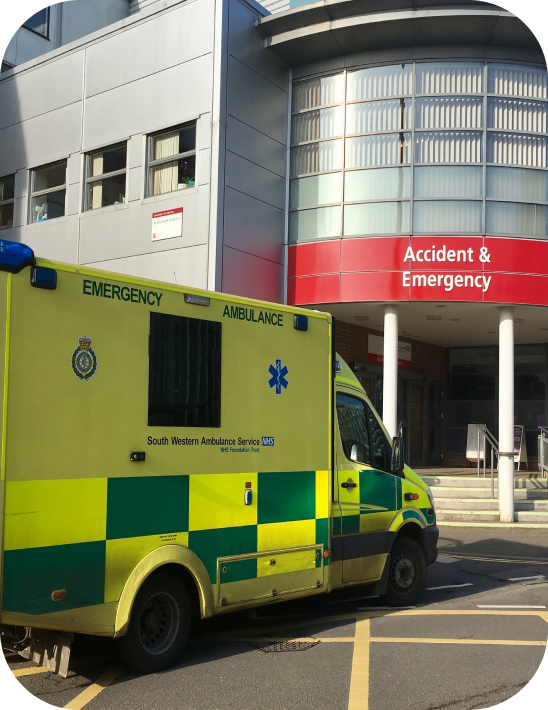Anaphylaxis is a whole-body allergic reaction that can occur when someone is exposed to something they are allergic too. It is a serious reaction that usually begins within in minutes and can worsen very quickly.
Anaphylaxis is a medical emergency and should always be treated immediately. It is most commonly caused by peanut, tree nut, cow’s milk or egg allergy. If a child has a cow’s milk protein allergy they may be at risk of an anaphylactic reaction, even if they’ve not had one before but will depend on the nature and severity of their allergy.
Anaphylaxis is considered a life-threatening generalised or systemic allergic (or hypersensitivity) reaction with sudden onset (minutes to a few hours).1 Many different definitions exist but most include similar details.
It is suggested that increased awareness of anaphylaxis is needed among healthcare professionals, patients, caregivers and the public to ensure optimal treatments are achieved.1
The prevalence of the various causes of anaphylaxis are age-dependent and vary geographically.2 Although the fatality rate due to anaphylaxis remains low3 the frequency of hospitalisations due to food and drug-induced anaphylaxis has increased in recent years.4


